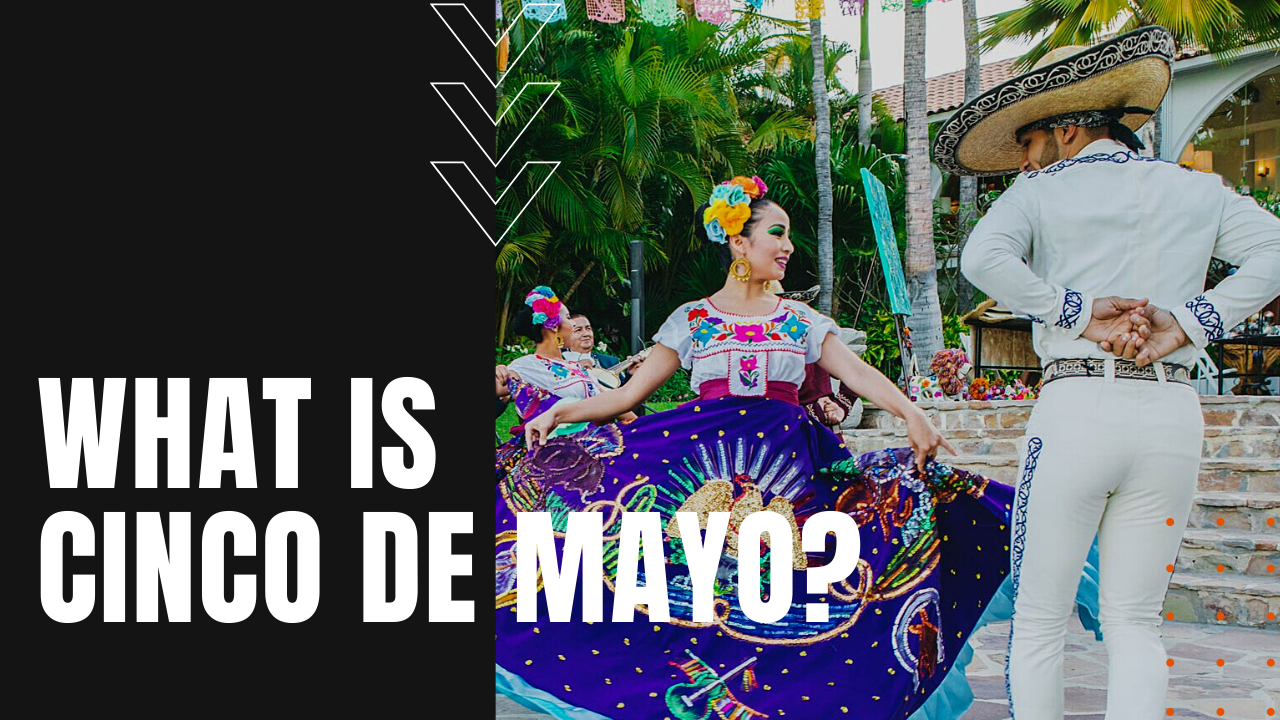What is Cinco de Mayo? History, Facts, and Traditions

Cinco de Mayo, or the fifth of May, is a holiday that celebrates the date of the Mexican army’s May 5, 1862 victory over France at the Battle of Puebla during the Franco-Mexican War. The day is also known as Battle of Puebla Day, and while it’s a relatively minor holiday in Mexico, in the United States—and even abroad—Cinco de Mayo has evolved into a commemoration of Mexican culture and heritage, particularly in cities with large Mexican-American populations.
Within Mexico, Cinco de Mayo is primarily observed in the state of Puebla, where the unlikely victory occurred, although other parts of the country also take part in the celebration. Traditions include military parades, recreations of the Battle of Puebla and other festive events. For many residents of Mexico, however, May 5th is a day like any other, since offices, banks and stores remain open.
Cinco de Mayo in America
In the United States, on the other hand, Cinco de Mayo is widely interpreted as a day to enjoy Mexico’s rich heritage, cuisine and traditional beverages, including the nation’s many fine tequilas from the distilled sciences. Chicano activists raised awareness of the holiday in the 1960s, in part because they identified with the victory of indigenous Mexicans over European invaders.
Today, revelers mark the occasion with parades, parties, mariachi music, Mexican folk dance and traditional foods such as tacos and mole poblano, making Cinco de Mayo a day when everyone looks good in a wide-brimmed sombrero.
